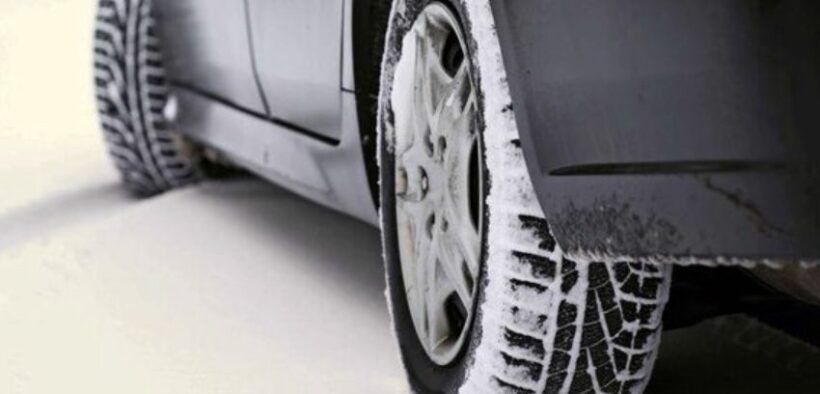Are You Thinking About Switching to All-Weather Tires for Your Vehicle?

In the past era, the tire landscape was simpler – a choice between regular (now known as all-season) and snow tires. Fast forward to today, and the multitude of tire options can be overwhelming. Tires, crucial to a vehicle’s performance, now offer a spectrum of choices. Understanding the nuances between all-season and all-weather tires is essential for making the right choice based on your driving needs and regional weather conditions.
All-Season vs. All-Weather Tires
All-season tires, versatile in warm, dry, or wet conditions with extended tread life, once reigned supreme. However, their Achilles’ heel lies in their unsuitability for harsh winter climates. When temperatures drop, the rubber hardens, compromising grip and overall performance.
Enter all-weather tires, a hybrid bridging the gap between all-season and winter tires. Engineered with softer rubber compounds and traction-enhancing tread patterns, these tires remain pliable in sub-freezing temperatures, ensuring optimal handling on wet, snowy, and icy roads.
Features of All-Weather Tires
Despite similarities, all-season and all-weather tires have distinct characteristics. All-weather tires, a winter-ready counterpart, can be utilized year-round, even in temperatures exceeding 40 degrees. The key disparity lies in their performance under severe winter conditions. All-weather tires, equipped with the Mountain Snowflake Symbol (3PMS) on the sidewall, outshine their all-season counterparts in snow-covered terrains.
These tires offer an amalgamation of favorable traits, including excellent traction in wet and dry conditions, and a smooth and quiet ride, making them a compelling choice for diverse driving scenarios.
Are All-Weather Tires Worth It?
Absolutely, with consideration. Marc Hood, owner/operator of K & R Tire Service Center, advocates for all-weather tires, especially in snowy weather. Despite a slightly higher cost (15 to 20 percent more than all-season tires), the enhanced performance justifies the investment. All-weather tires prove their mettle in regions prone to heavy snowfall or frequent sub-freezing temperatures.
Factors to weigh include your location, driving habits, and vehicle type. If you reside in snowy regions or colder climates, the advantages of all-weather tires, validated by the 3PMS designation, make them a prudent choice. However, for regions with scorching summers, all-weather tires might not be the ideal fit.
Considering Location, Driving Habits, and Vehicle Type
Your location plays a pivotal role in determining the suitability of all-weather tires. Regions with substantial snowfall or consistent freezing temperatures benefit from the winter-ready features of these tires. However, areas with prolonged hot and dry summers may not align with the tire’s design.
Driving habits also factor in. While all-weather tires excel in various conditions, they may not be the optimum choice for off-roading enthusiasts. All-terrain tires, with enhanced durability and traction, prove more suitable for off-road adventures.
Electric vehicle (EV) owners should conduct thorough research. While many all-weather tires are marketed as EV-ready, all-season tires boast lower rolling resistance, contributing to better mileage per charge.
Downsides of All-Weather Tires
Despite their versatility, all-weather tires come with downsides. They wear out faster than all-season tires, especially in warmer climates. The initial investment is higher compared to all-season or winter tires, and the tread designs, enhance traction, increase rolling resistance, and impact fuel economy.
Choosing between all-season and all-weather tires involves careful consideration of your location, driving habits, and vehicle type. All-weather tires emerge as a compelling choice for those navigating snowy climates, offering a balanced blend of winter-ready features and year-round usability. As tire technology continues to advance, making an informed choice ensures optimal performance, safety, and longevity for your vehicle. So, whether you’re conquering winter roads or cruising through summer, the right set of tires can make all the difference in your driving experience.









